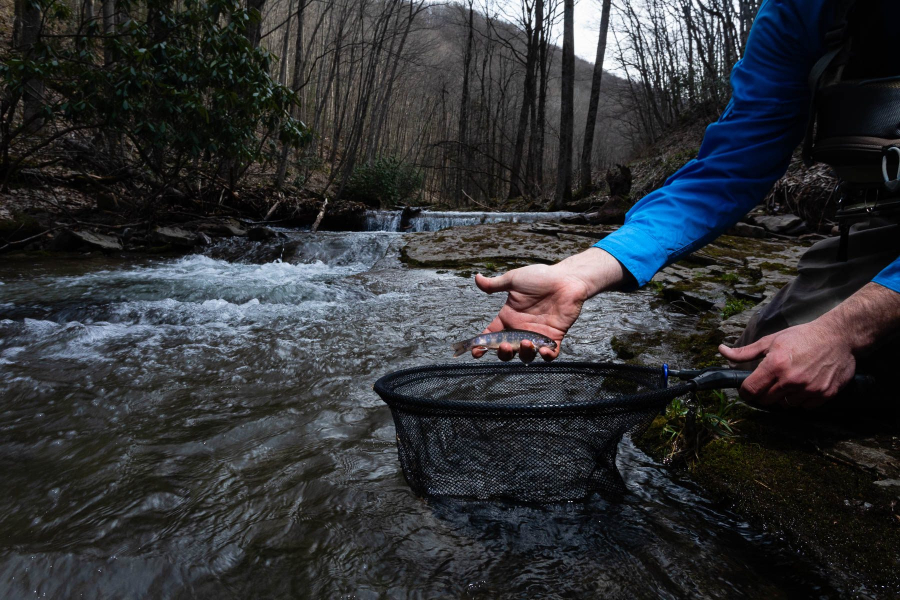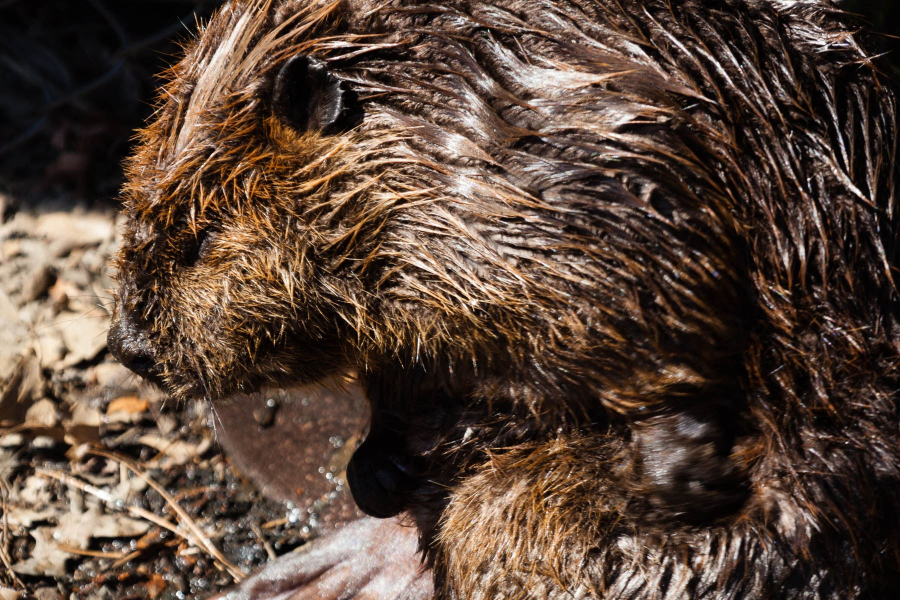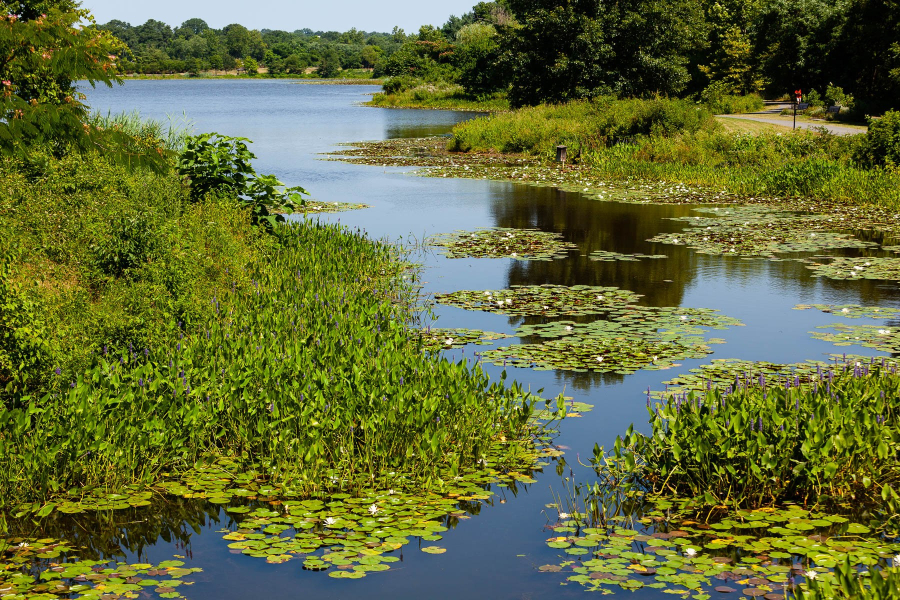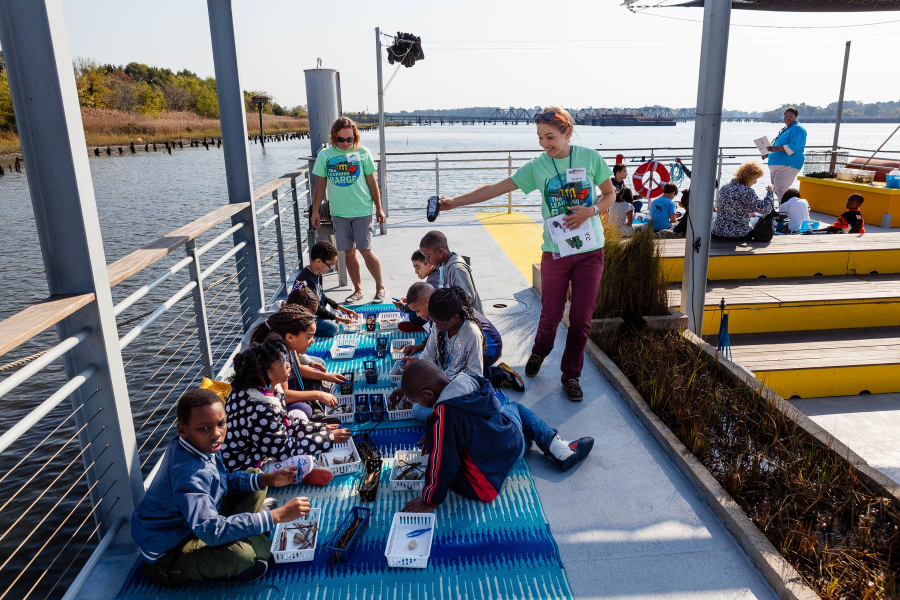What’s your ‘Unsung Hero’ of the Chesapeake Bay?
Chesapeake Bay Program staff and partners spotlight their favorite wildlife, places, programs and people

Wildlife like blue crabs, and beaches like Sandy Point State Park, are staples of the Chesapeake Bay. But what about all the lesser known places, people and critters across the watershed?
For Chesapeake Bay Awareness Week, we asked staff and partners of the Chesapeake Bay Program to name their favorite unsung hero of the Chesapeake Bay. Their answers show just how diverse the Bay watershed really is and why there’s something for everyone in this region.
Critters

Beavers
Picked by Peter Tango, Chesapeake Bay Monitoring Coordinator, U.S. Geological Survey
Beavers are what’s known as “ecosystem engineers.” Through the building of their dams, beavers engineer wetland and stream networks that filter excess nutrients out of the water and provide habitat to a variety of species. Some environmentalists suggest that beavers can help meet clean water goals through their natural process of dam building.
Hellgrammites
Picked by Jen Malpass, U.S. Geological Survey
Hellgrammites are a larval stage dobsonfly that live in rivers for one to three years before emerging from the water to complete their metamorphosis. Hellgrammites can only survive in relatively clean and well oxygenated water, making them a useful indicator of the quality of stream habitats. They’re also one of the favorite live baits for smallmouth bass fishing.
Horseshoe crabs
Picked by Greg Barranco, Government Affairs and Partnerships Team Lead, Environmental Protection Agency
Horseshoe crabs are one of the oldest critters in the Bay. Often called "living fossils," horseshoe crabs have existed for more than 300 million years! The critter visits Chesapeake Bay’s sandy beaches each spring and summer to spawn. You’ve likely seen one of their shells leftover on the beach, which they leave behind as they grow and molt.
Hogchokers
Matt Robinson, Life Scientist, Environmental Protection Agency
Though you’ve probably never heard of them, hogchokers are one of the most abundant fish in the Chesapeake Bay! This tiny, six-inch fish is considered to be a "right-handed" flatfish because its mouth and eyes are on the right side of its body when viewed from above.
Places

Lake Artemesia
Picked by Sushanth Gupta, Water Quality Goal Implementation Team Staffer, Chesapeake Research Consortium
Lake Artemesia is located on the campus of the University of Maryland, in College Park, where Sushanth went to school. It was created during the construction of the Metro Green Line and is now a place where students, residents and others enjoy fishing, running, walking, birding and other forms of recreation.
Native trout streams
Picked by Keith Bolt, Environmental Protection Specialist, Environmental Protection Agency
The Bay watershed contains hundreds of miles of freshwater rivers and streams where native brook trout can be found. Bolt is a fan of trout streams that are within state and federal parks and forests, where the existence of untouched woods ensures quality habitat for the fish. One of his favorite trips was to Dry Run in Virginia’s George Washington & Jefferson National Forest.
Rock Creek Park
Picked by Marisa Baldine, Outreach Specialist, Alliance for the Chesapeake Bay
Rock Creek Park is a 1,754 acre oasis in the heart of Washington, D.C. There’s something for everyone at the park—walking, hiking and biking trails, historic sites, outdoor concerts and areas to picnic and grill. Rock creek, a tributary of the Potomac River, runs through the park.
Programs and partnerships
Chesapeake WILD Program
Picked by Kristin Saunders, Cross-Program Coordinator, University of Maryland Center for Environmental Science
The Chesapeake Watershed Investments for Landscape Defense (WILD) Grants Program was developed in partnership with the U.S. Fish and Wildlife Service to fund projects that conserve, steward and enhance fish and wildlife habitat and other conservation-minded projects across the Bay watershed. As of November 2023, the grant program has funded 37 projects totaling over $11 million to restore forests, freshwater and marsh habitats, to support such species as rook trout, bog turtle and striped bass.
Chesapeake Conservation Partnership
Picked by Rachel Felver, Communications Director, Alliance for the Chesapeake Bay
Made up of over 100 partners, the Chesapeake Conservation Partnership (CCP) has conserved 1,634,467 acres of land across the watershed since 2010. The CCP was formed to enhance land protection efforts and champion public access throughout the watershed. Conserving land is critical to the health of the Bay watershed, its wildlife,outdoor recreation and economy across the region.
Chesapeake Bay Benthic Monitoring Program
Picked by Peter Tango, Chesapeake Bay Monitoring Coordinator, U.S. Geological Survey
It is rare to have access to data measuring the abundance of wildlife that spans decades. And yet, scientists working through the Chesapeake Bay Benthic Monitoring Program have measured the existence of benthic organisms since the 1990s. Clams, worms, oysters, shrimp-like crustaceans and mussels are all examples of benthic organisms. They live at the bottom of the water and having historic data on them helps us understand how the health of rivers, streams and the Bay itself has been influenced by changes on the land, new efforts to reduce pollution and climate change.
People

Environmental educators
Picked by Sarah Brzezinski, Strategy Review System Coordinator, Environmental Protection Agency
In order for there to be sustained protection of the Chesapeake Bay and wildlife, we need a population that’s informed and passionate about environmental issues. Environmental educators make this happen. In the Bay watershed, educators are encouraged to develop Meaningful Watershed Educational Experiences (MWEEs) in which students investigate local environmental issues and design solutions for them.
Kristen Saunders
Picked by Amy Handen, Local Implementation Programs Coordinator, Environmental Protection Agency
Kristin Saunders has served the Chesapeake Bay for decades at various organizations. At the Maryland Department of Natural Resources, Saunders oversaw and managed more than 500,000 acres of public recreation and conservation land holdings of parks, forests and wildlife management areas and managed $200 million for acquisition, staffing and programming. At the Chesapeake Bay Program, she has helped teams and workgroups coordinate on projects to reach their shared goals on things like pollution reduction, land protection and habitat restoration.
Isabella Bertani
Picked by Lew Linker, Chesapeake Bay Program Modeling Coordinator, Environmental Protection Agency
Each year, jurisdictions across the Bay watershed put practices in place to reduce pollution, like planting trees, conserving wetlands, upgrading wastewater treatment plants and much more. Isabella Bertani is one of the scientists working behind the scenes, on the Chesapeake Bay Program’s Modeling Team, to predict how those practices will impact the health of the Bay and its wildlife. She is also involved in other critical research like predicting the size of the Chesapeake Bay dead zone.
Is there an unsung Bay hero that you’d like to highlight? Let us know in the comments!

Comments
There are no comments.
Thank you!
Your comment has been received. Before it can be published, the comment will be reviewed by our team to ensure it adheres with our rules of engagement.
Back to recent stories